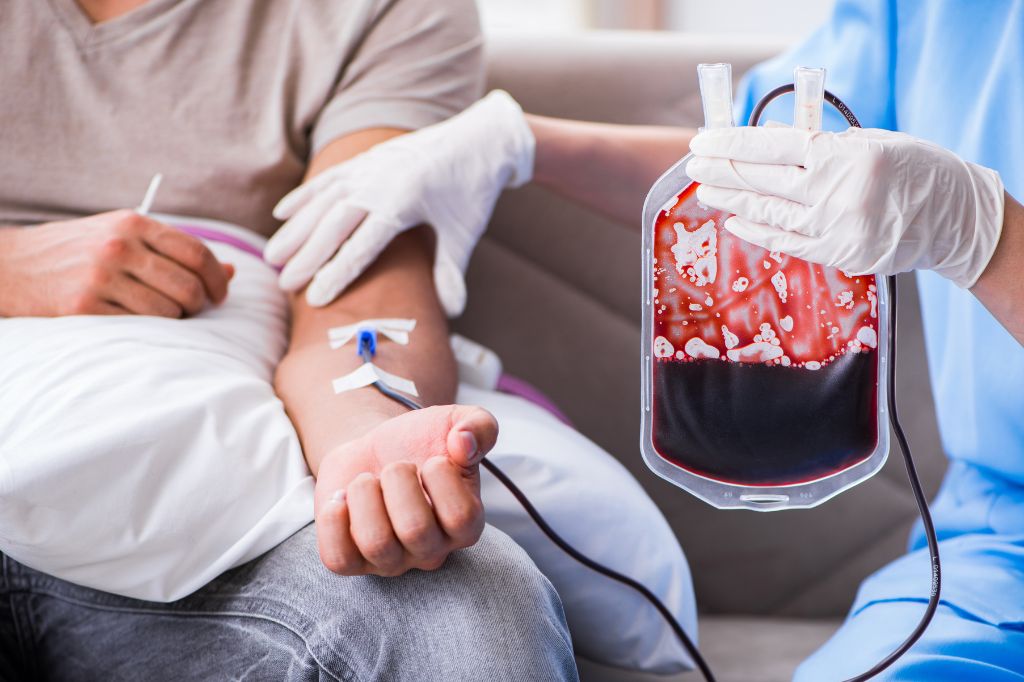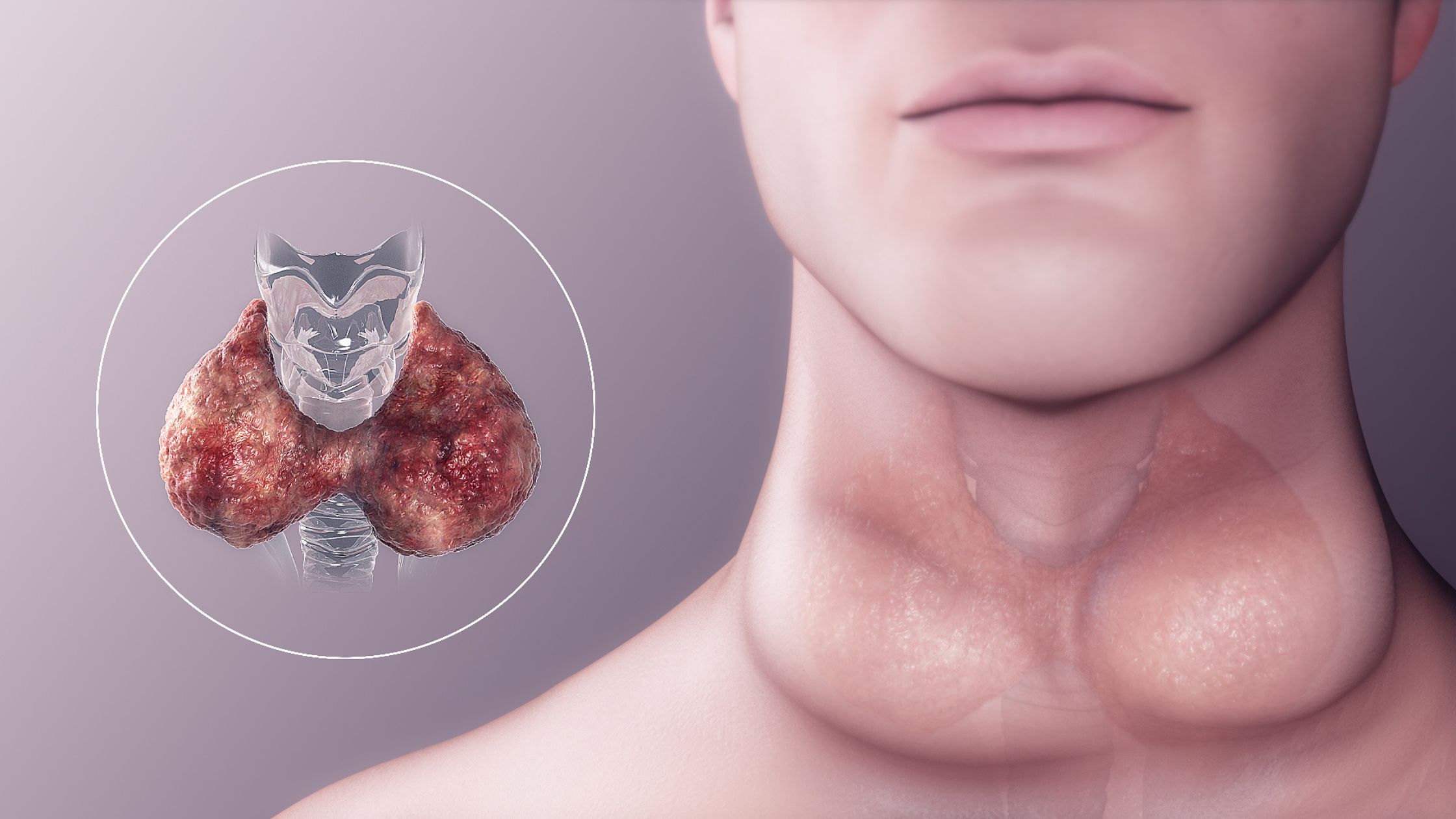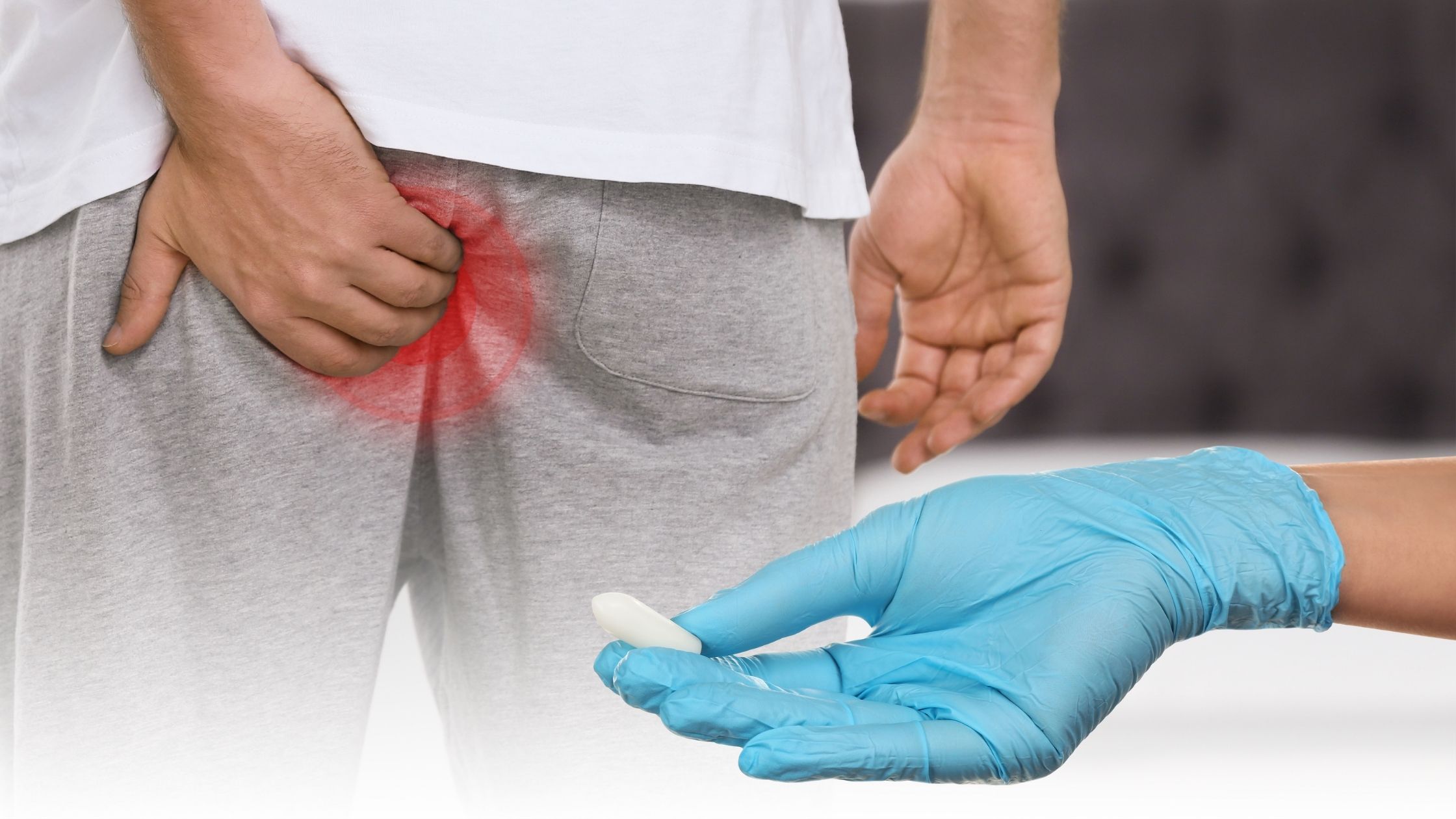Abdominal Aortic Aneurysm: What You Need to Know
An abdominal aortic aneurysm (AAA) is a bulge or swelling in the largest artery in the body, the aorta. This can happen when the wall of the aorta gets weak. If the aneurysm grows too big, it could burst, which is a severe and life-threatening problem.
What Is an Abdominal Aortic Aneurysm?
The aorta is a large and powerful blood vessel that carries oxygen-rich blood from your heart to the rest of your body. When a part of the aorta gets weak, it can swell up like a balloon. This swollen part is what doctors call an abdominal aortic aneurysm.

Symptoms
An abdominal aortic aneurysm might not have any symptoms at all, especially if it’s small. But if you do have symptoms, they might include:
- Persistent pain in your belly or lower back
- A throbbing feeling near your belly button
- Feeling full without eating much
- Dizziness
- A fast heartbeat
- Shortness of breath
- Sweaty, pale, and clammy skin
- Fainting
- Nausea and vomiting
These symptoms might not be very clear, so regular check-ups are crucial.
Causes
Doctors think that several things can make the aorta weak. Here are a few reasons:
- Getting older (over age 60)
- Smoking
- High blood pressure
- Family history (Genetic factors)
How Is an Abdominal Aortic Aneurysm Diagnosed?
If a doctor thinks you might have an AAA, they might use tools like:
- Ultrasound: This test uses sound waves to make a picture of your aorta.
- CT Scan: A special X-ray that gives a detailed image of the size of the aneurysm
- CTA (computed tomographic angiogram) for surgical planning
How Do Doctors Decide on Treatment?
The treatment you’ll get depends on the size of the aneurysm and your overall health. Here’s how doctors typically make that decision:
Watching and Waiting
If the aneurysm is small, doctors might decide to keep an eye on it instead of treating it right away.
Regular Check-ups
You will have regular check-ups to see if the aneurysm is getting bigger. This often includes tests like ultrasound or CT scans.
Medical Management
Sometimes, lifestyle changes and medications can help keep the aneurysm from getting bigger. This could include:
- Eating a heart-healthy diet
- Taking blood pressure medicine
- Staying away from tobacco
Surgical Treatment
If the aneurysm is large or growing quickly, you might need surgery. There are two main types:
Open Surgery
In open surgery, the doctor makes a big cut in your abdomen and replaces the weak part of the aorta with a man-made tube.
Endovascular Surgery
In endovascular surgery, the doctor uses small cuts and special tools to place a stent inside the aorta. This stent strengthens the weak area.
After Treatment: What Happens Next?
Follow-up Care
After treatment, you’ll need to see your doctor regularly. They will check to make sure everything is healing well, and the aneurysm isn’t coming back.
Ongoing Lifestyle Changes
Continuing to live a healthy lifestyle is important even after treatment. This means eating well, staying active, and taking your medications as directed.
Frequently Asked Questions
Is Surgery Always Necessary?
No, surgery isn’t always necessary. If the aneurysm is small and not growing, your doctor might decide to watch it closely instead.
Can I Prevent an Abdominal Aortic Aneurysm?
While you can’t completely prevent an AAA, you can reduce your risk through a healthy lifestyle, avoiding tobacco, and managing conditions like high blood pressure.
How Long Does Recovery Take After Surgery?
Recovery time varies, but most people need a few weeks to a few months to fully recover. Your doctor will give you specific instructions for your situation.






